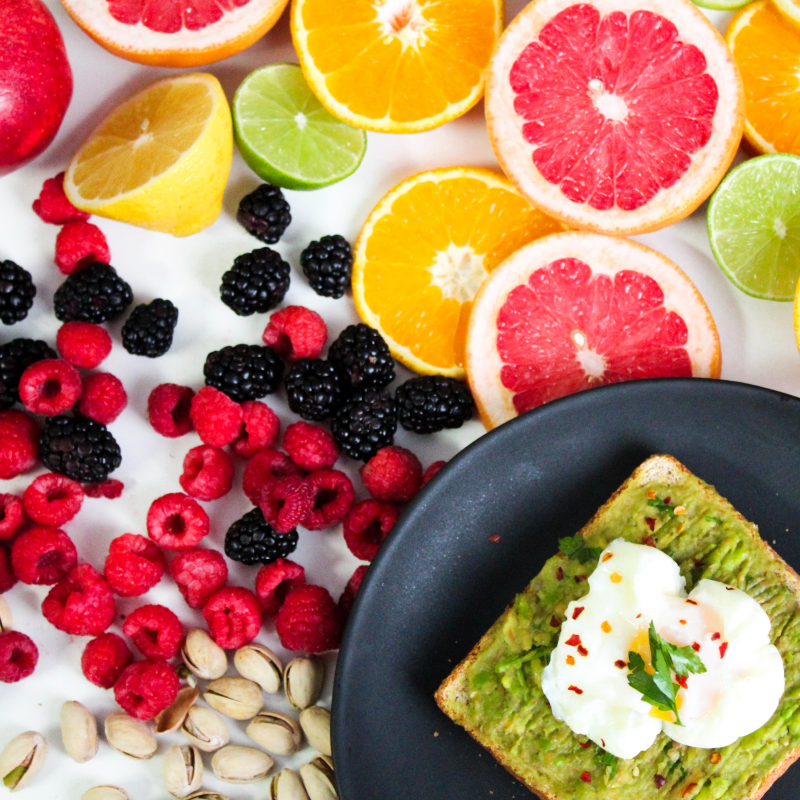DASH Diet

The National Heart, Lung, and Blood Institute has endorsed the DASH diet, which stands for "dietary approaches to stop hypertension," as a flexible, balanced, and heart-healthy eating strategy to achieve just that: to stop (or avoid) hypertension, often known as high blood pressure.
The first multicenter trial showed the beneficial effects a balanced diet can have on people's blood pressure, and it was published in the New England Journal of Medicine in 1997. The study assessed the impact of diet on hypertension in 459 adults and discovered that those who consumed significantly less saturated and total fat and more fruits, vegetables, and low-fat dairy products had blood pressure that was significantly lower than that of those who followed the typical American diet. In comparison to the average diet, the fruits-and-vegetables diet decreased systolic blood pressure by 5.5 millimeters of mercury and diastolic blood pressure by 3.0 millimeters of mercury.
The DASH diet places a strong emphasis on foods that lower blood pressure, such as potassium, calcium, magnesium, and fiber, such as fruits, vegetables, whole grains, lean protein, and low-fat dairy. The DASH diet is a balanced one that may be sustained over time. DASH restricts foods high in saturated fat, including fatty meats, full-fat dairy products, tropical oils, and sweetened beverages. It also establishes a daily sodium restriction of 2,300 milligrams, which adherents frequently reduce to roughly 1,500 mg.
Pros:
- Nutritionally sound.
- No counting carbs, points or calories.
- Filling – it's rich in high-fiber foods.
- A clearly defined plan with recipes.
- Has proven health benefits.
- Diverse foods and flavors.
Cons:
- Tedious portioning, meal planning or prep.














